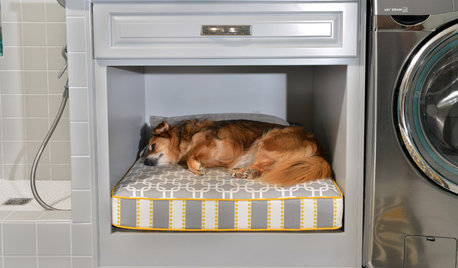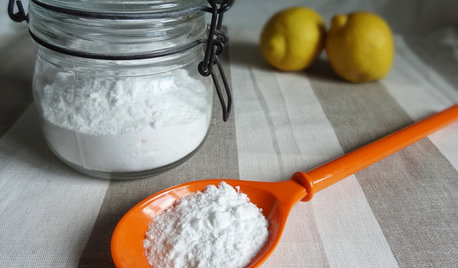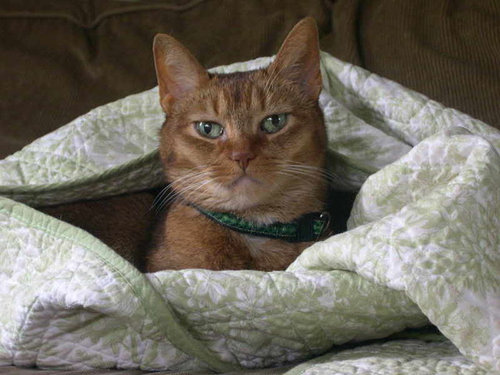Diet/ Tips for cat w/ chronic UTI?
ttodd
14 years ago
Related Stories

PETSSo You Want to Get a Cat
If you're a cat lover, the joys outweigh any other issue. If you haven't lived with one yet, here are a few things to know
Full Story
MOST POPULARGarage Cleaning Tips for the Overwhelmed
Don’t let this catch-all space get the better of you. These baby steps can get you started
Full Story
HEALTHY HOMEWhat You Need to Know About Dust and How to Fight It
Breathe easier with these 10 tips for busting mites, dander and other microscopic undesirables
Full Story
HOUSEKEEPING7-Day Plan: Get a Spotless, Beautifully Organized Living Room
A task a day sends messes away. Take a week to get your living room in shape
Full Story
PETSPet-Proofing Your Home: A Room-by-Room Guide
Not all pet dangers are obvious. Keep furry friends safe and sound by handling all of these potential hazards
Full Story
PETSRoom of the Day: Laundry Room Goes to the Dogs
Muddy paws are no problem in this new multipurpose room
Full Story
MOST POPULAROvernight Guests Coming? How to Be a Great Host
Ensure a good time for all — including yourself — by following these steps for preparing for and hosting houseguests
Full Story
HOUSEKEEPINGBaking Soda: The Amazing All-Natural Cleanser You Already Own
Battle grime, banish odors and freshen clothes with this common nontoxic cupboard staple
Full Story
HEALTHY HOME12 Ways to Set Up Your Kitchen for Healthy Eating
Making smart food choices is easier when your kitchen is part of your support team
Full Story
LAUNDRY ROOMSTop 10 Trending Laundry Room Ideas on Houzz
Of all the laundry room photos uploaded to Houzz so far in 2016, these are the most popular. See why
Full Story








graywings123
ttoddOriginal Author
Related Discussions
Indoor vermiculure diet?
Q
How to get more oil into my picky cat's diet
Q
Alternative to Hills Science Diet KD
Q
17 year old cat w.kidney disease needs eye removal due to Melanoma
Q
parma42
anele_gw
graywings123
cat_mom
arleneb
ttoddOriginal Author
allison0704
anele_gw
pandanoke
squirrelheaven
readerlearner
Meghane
readerlearner
johnmari
ttoddOriginal Author
ttoddOriginal Author
bestyears
Meghane
johnmari
squirrelheaven
ttoddOriginal Author
squirrelheaven
ttoddOriginal Author
johnmari
allison0704
Meghane
squirrelheaven
squirrelheaven
squirrelheaven